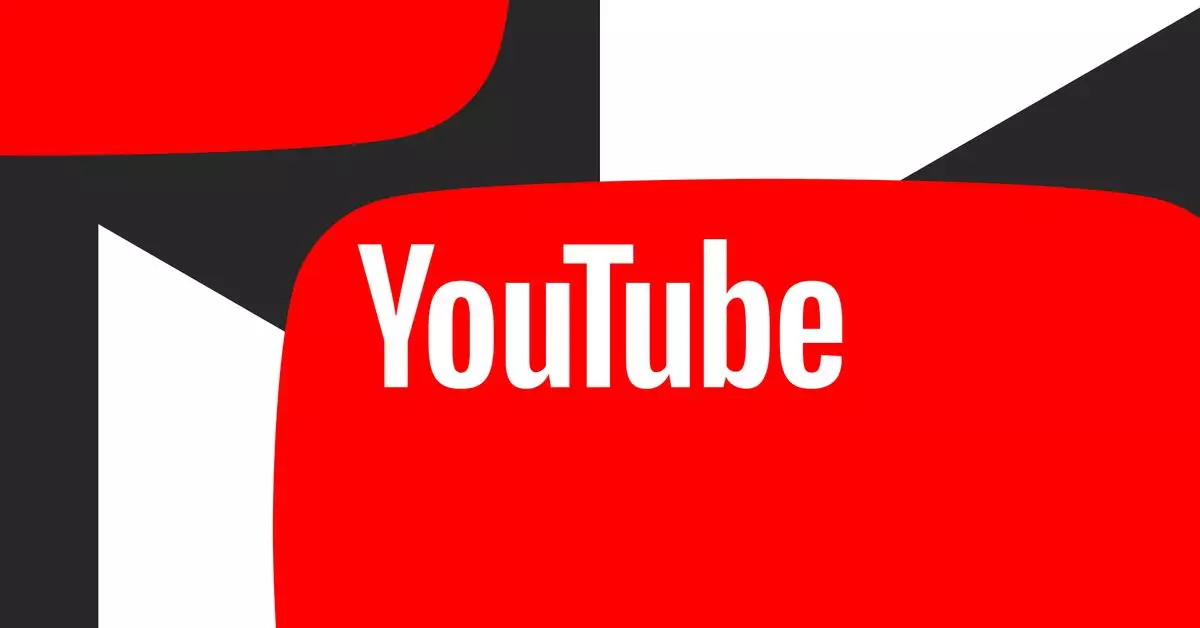In recent years, the streaming landscape has undergone significant shifts, with many platforms opting to increase subscription prices to sustain their growth and manage rising operational costs. YouTube, a cornerstone in the digital entertainment industry, has recently stirred up considerable debate by announcing a steep price hike for its YouTube TV service. From a monthly fee of $72.99, the subscription will rise by $10, affecting both existing users and new sign-ups beginning January 13th. This move has prompted a mix of frustration and negotiation tactics among its subscriber base, reflecting broader trends in consumer behavior towards streaming services.
The immediate reaction to YouTube’s announcement has been one of discontent, with many users resorting to the age-old strategy of threatening to cancel their subscriptions as a means of negotiating a better deal. A reader comment captured by Verge hinted at this very sentiment, suggesting that discontent runs deep among the current user base. Users are not merely passive recipients of pricing decisions; they actively engage in bargaining behaviors that reflect their reluctance to accept price increases without recourse. This pushback is further echoed in a Reddit thread analyzed by 9to5Google, where users reported attempts to preserve their original pricing in light of the announced increase.
To fend off the impending increase, some subscribers found themselves in the midst of negotiation tactics. Reports indicate that those wishing to cancel their subscriptions were presented with counter-offers, allowing them to maintain the lower rate of $72.99 for an additional six months. However, the effectiveness of these offers appeared inconsistent. Some users successfully retained the lower price by utilizing desktop web browsers to manage their subscriptions, while others encountered obstacles. This uneven access to offers illustrates the complexities inherent in consumer negotiations with large tech companies and raises questions about the transparency of promotional practices.
The Role of User Behavior: Logging in for Bargains
An interesting dimension to this discussion is how user behavior impacts their experiences with subscription management. For example, Jennifer Tuohy, a staff member at Verge, managed to secure an extension of her existing subscription price after navigating YouTube TV’s settings from a desktop browser. This insight highlights an often overlooked factor in digital services: the user interface and its role in customer satisfaction. Simple changes in how users engage with subscription platforms can lead to significant financial advantages, emphasizing the need for consumers to be more informed and proactive.
This latest episode in YouTube’s pricing strategy serves as a microcosm of the growing tensions in the subscription economy. As consumers become more vocal about their dissatisfaction with price increases, platforms must find a delicate balance between maintaining profitability and ensuring customer retention. The discussion around YouTube TV’s price hike not only reveals the dissatisfaction of subscribers but also sheds light on negotiation dynamics in the streaming industry. As this landscape evolves, understanding the nuances of subscriber behavior will be crucial for platforms aiming to sustain their user base while navigating financial pressures.

